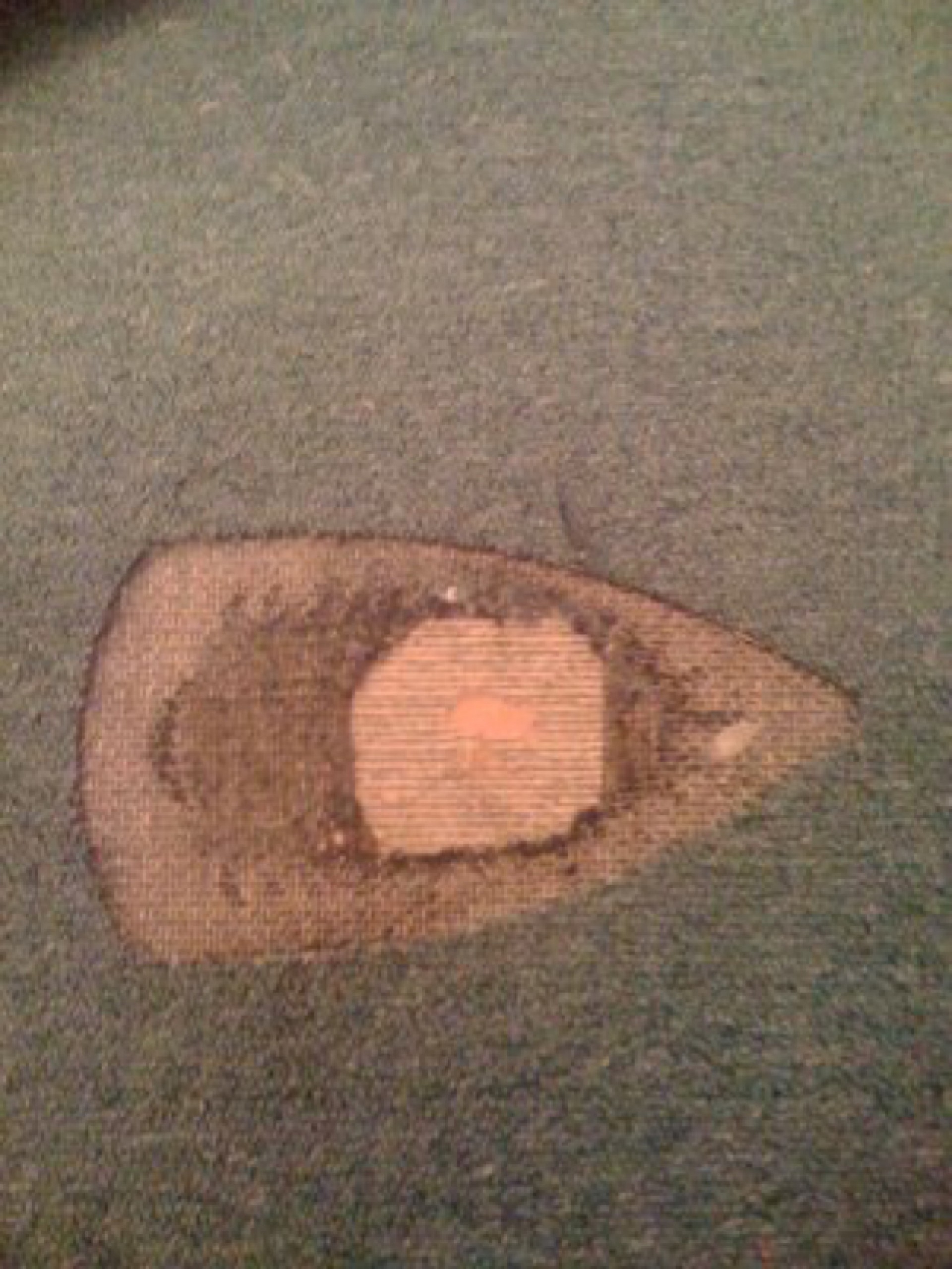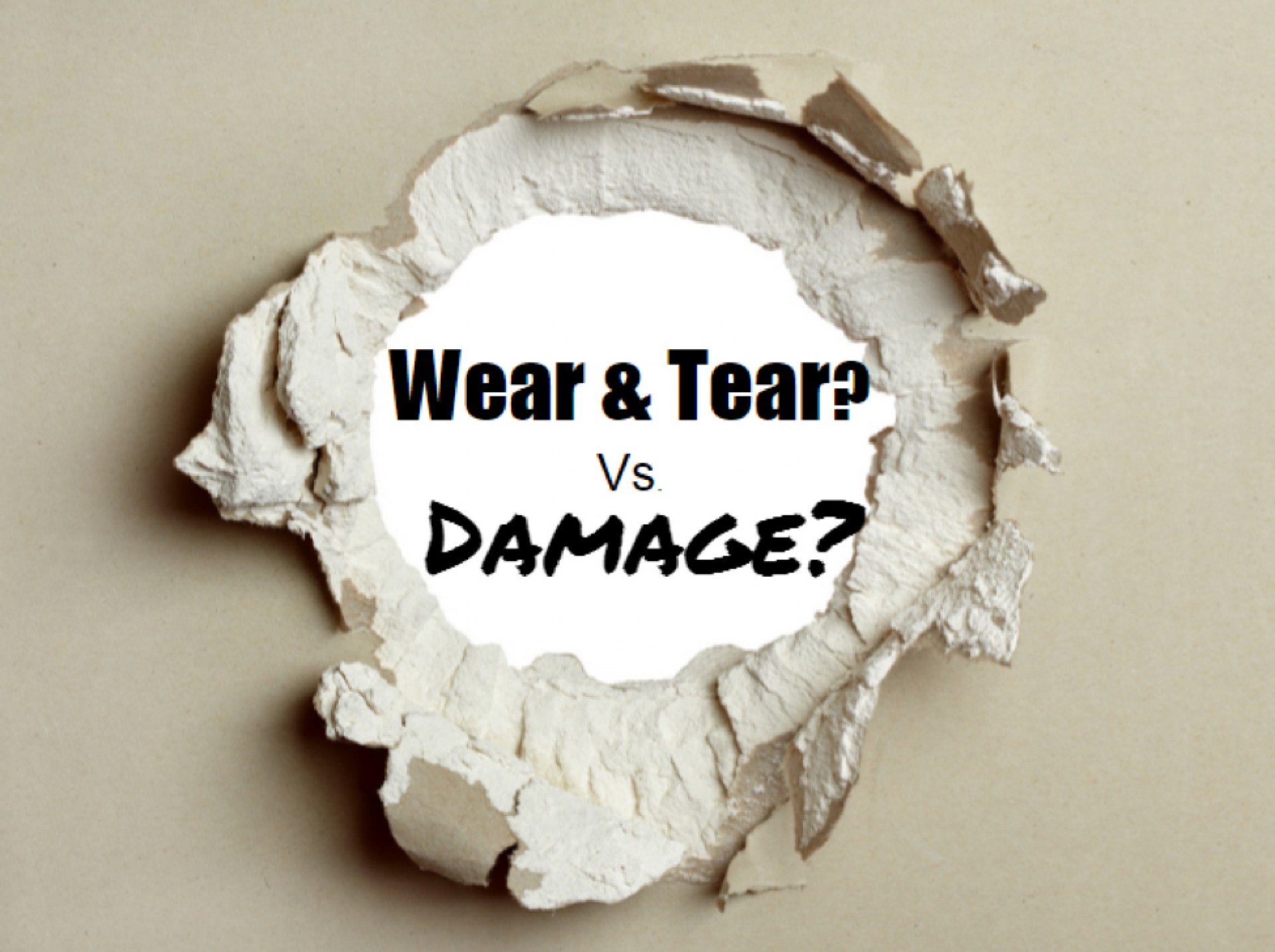Normal Wear and Tear
By and large, property owners are pretty easy to deal with when you move out, provided you've taken reasonable care of the property. "Wear and tear" is a fairly broad term and everyone's interpretation can be a little different. It's for this reason that it's sometimes the topic of arguments and even legal action between landlords and tenants. Your security deposit is on the line and you want it all back. The landlord may reasonably or unreasonably want to keep all or part of it to cover the cost of damages that will have to be taken care of before they can get another tenant. Normal wear and tear isn't something you can be charged for, but damage due to negligence or misuse is.
If you look online, a quick search of the term "wear and tear" yields several examples of what it is and is not. After perusing the first several search results, I didn't see an actual legal definition beyond "normal depreciation" and one I like better is "the gradual deterioration of a property during the course of normal daily use." Normal wear and tear can be hard to define, but I know it when I see it.
Things like matted carpet in high traffic areas are expected in the normal use of the property, stains and cigarette burns are not. Paint bubbling as the result of moisture seeping thru the concrete are common here, and definitely not damage. But sections of paint torn off the wall as a result of removing adhesive on a painted concrete wall would be damage. We could go on and on with examples for many paragraphs, but I'll spare us both.
What we really want to know is how do you turn your property back over to your landlord and get all your security deposit back. This process starts all the way back when you signed the lease agreement. Most people aren't thinking about what's going to happen when they move out when they're signing the lease agreement. So lets talk about that for a while.
It's important to carefully read your lease agreement. There are terms in the agreement that pertain to what you're responsible for and what you're not. Consider these items carefully and ask your agent if you have any questions about it.
Often it will say something like "the property must be returned in the same or better condition than received". It's a pretty standard phrase used in the Guam rental agreements. So it's important to document the condition of the property when you move in. Pictures are worth a thousand words, so any good move in inspection should include lots of them, or better still, a video. There's little room for argument down the road if you have evidence of the properties condition. Then later if it's necessary to see if there was a crack in the tile or a scratch on the fridge, you'll have it. Photos and videos, in my opinion, are much more valuable than a piece of paper.
Another area that you want to give attention to is that of maintenance issues. Failure to report maintenance issues promptly won't do much for your relationship with your landlord. Should something go unattended to the point where it results in damage to the property, you could be held responsible. A good example of this is a kitchen faucet that's leaking. Weeks or months later it's water logged & warped cabinets or caused a serious mold issue.
It's only prudent to notify your landlord right away of any maintenance issues. If they don't know about it, they can't fix it. We suggest you notify your landlord or property manager right away and follow up with an email. If you send them a couple photos of the issue it will not only document the problem, but it may help get it fixed faster. I always appreciate it when a tenant sends me photos so I know what materials are needed for the repair, so we're sure to bring everything that's needed. Plus, if they see you're documenting everything & keeping tract, they're less likely to take their sweet time fixing what needs to be fixed. There should also be terms in your rental agreement requiring the landlord respond to maintenance issues in a timely manner. I generally use 48 hours for routine issues, whereas problems that make the property unlivable or could cause serious damage to the home or the property in it.
If you have any questions about this topic, or any other subject related to Guam rental properties or living on Guam, please feel free to email me at [email protected] anytime.


Detailed Move In Inspection
You should conduct an inspection a few days before your move in to note the condition and function of the residence and all appliances. Your agent, and the owner or their agent, should be present during the inspection. Since pictures tell a thousand words, photos should be taken of any deficient items as you find them. The inspection form should be signed by you, and the owner or their agent and copies provided to all.
Stay On Top of Maintenance Issues
Report problems as they occur. For example, a pipe that's dripping and goes unreported could result in major damage due to mold and rot that you could be held responsible for. Noticing termites and not reporting it to the owner could cause similar problems. Report problems as soon as possible so they can be repaired as soon as possible.

